'32 FORD ALL STEEL PICKUP STOCK ORIGINAL REDUCED $
Rays Rods
516 E. Bristol St
Elkhart, IN
574|849|5323
MILEAGE
--
YEAR
1932
ENGINE
4
LOCATION
Elkhart, IN
STOCK
2159 g g
FULL SPECS
DESCRIPTION
Price:
$27,500
Get Financing, at www.jjbest.com
Year:
1932
Make:
Ford
Model:
1/2 Ton Pickup
Description:
1932 Ford Pick Up.
Wow new lower reduced price on 12 1 22
Was 32500 Now only 27500.00 firm
Has it all
All steel
Mostly original. New bed and interior.
Truck color is Washington Blue.
Rebuilt 4 cylinder engine.
Original 1932 transmission.
Mechanic brakes.
New bob drake 32 Ford chrome bumpers, see photos.
WWW tires, FIVE
Spare www tire, see photo
Has updated seal beam headlites, for your safety, see photo
Solid body and frame, no rust i know of
Runs drives turns stops great! Drive it home
Thanks for looking
stock # 2159gg
Location: Is in Elkhart Indiana area, where I was born 87 yeras ago. Yes im an old fart, and love old Fords
Note; Here is an article from Hemmings motor news magazine;
B is for Banger
The 1932-'34 Ford Model B engine may look like its predecessor, but it's a major improvement
By David Conwill
09/23/2018
For 1932, Ford introduced an improved version of the Model A four-cylinder to accompany the new V-8 in its cars and trucks. This 200.5-cu.in., 50-hp engine was known, appropriately enough, as the Model B.
The Model B shared many elements with its Model A predecessor, and the two had a great deal of physical interchangeability--attested by the fact that today, many updated Model A's incorporate some or all of a Model B engine for improved driveability. A prominent change between the Model A and Model B engines was the addition of significantly more bearing area: Larger diameter bearings for both the connecting rods and mains meant better durability and more potential for power.
An oil passage below the valve gallery that fed pressurized oil to the main bearings--as opposed to the dip-and-splash system used on the Model A engine--was another improvement designed to make these engines more durable. The rods were still lubricated with dippers, however.
The refinements to the oiling system led to one of the more noticeable external differences between the A and B engines, the lack of an oil-return line from the valve gallery to the bottom of the crankcase on the passenger's side on the Model B engine. Ford utilized this freed space for the addition of a mechanical fuel pump driven off the front of the camshaft to replace the gravity-feed fuel system used on the Model A.
Both the crankshaft and the cylinder head, as well as some changes made to fit the Model B engine into the 1933-'34 Ford chassis have created some persistent myths about the Model B. It is rumored that 1932 Ford Model B crankshafts came with no counterweights at all, like a Model A crank. Given the paucity of non-counterweighted survivors and the illustrations shown in 1932 Ford advertising materials, it seems more likely that the big difference between 1932 and '33-'34 crankshafts is a change from sweated-on counterweights to integrally forged counterweights. Both cranks are good, but the forged-counterweight cranks are preferred for their ease of reconditioning.
Also confusing are the cylinder heads, because Ford chose to distinguish a 5.2:1 compression "Police" head offered for the Model A with a cast-in "B." When it was time to distinguish the Model B head, Ford used a cast-in "C" for the Model B's 4.6:1 compression head. This, coupled with the change in counterweights and a shorter water pump used to clear the angled radiator introduced in 1933, has led to enthusiasts labeling the '33-'34 engines as Model C.
Other improvements over the Model A included a better camshaft profile (often incorporated when Model A cams are re-ground for touring), larger carburetor with power jet tube (which acts like an accelerator pump) and a distributor with centrifugal advance weights instead of the manual spark advance on the Model A. Ford made numerous other improvements to the B--too many to list here--which combined with limited demand after the V-8 caught on, make them rare and sought-after engines today.
End
Ad Number: 17822
CONTACT SELLER
MORE FROM THIS SELLER
-
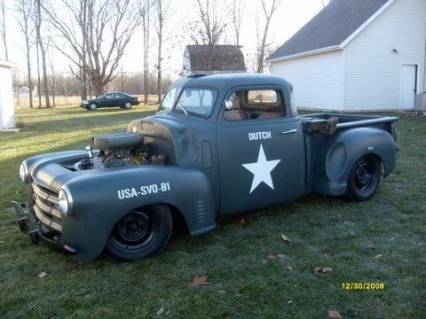
48 CHEVY OLD SCHOOL PICKUP CHOPPED STEEL REDUCED
$19,995
Elkhart, IN
-
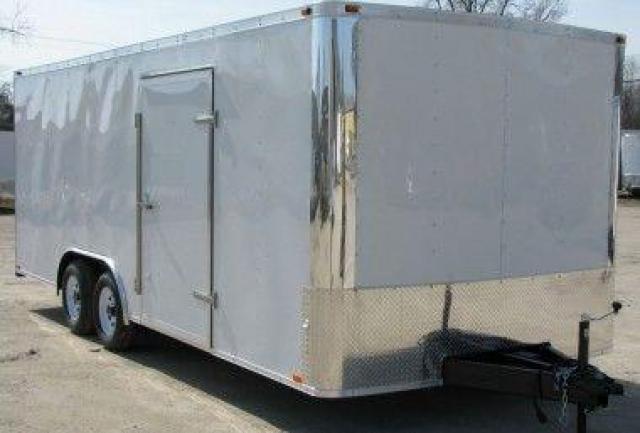
20 ft enclosed trlr new 2020 model$8,490 reduced
$5,490
Elkhart, IN
-

'56 OLDS 88 2 DR. SEDAN REDUCED NOW ONLY $13KOBO
$12,995
Elkhart, IN
-
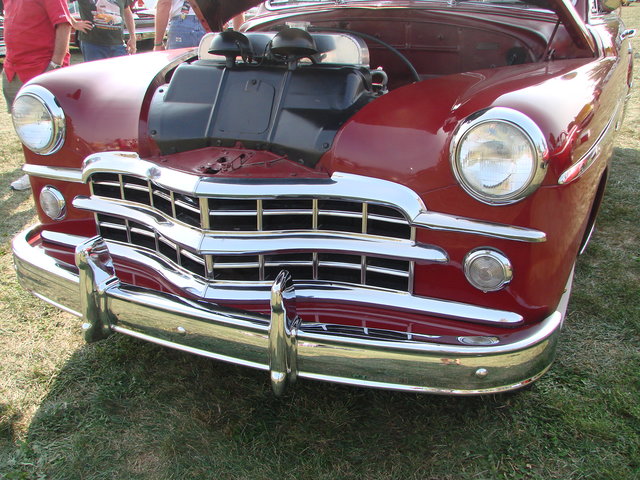
49 DODGE CORONET ASTOUNDING FRESH RESTORATION $20K
$22,500
Elkhart, IN
-
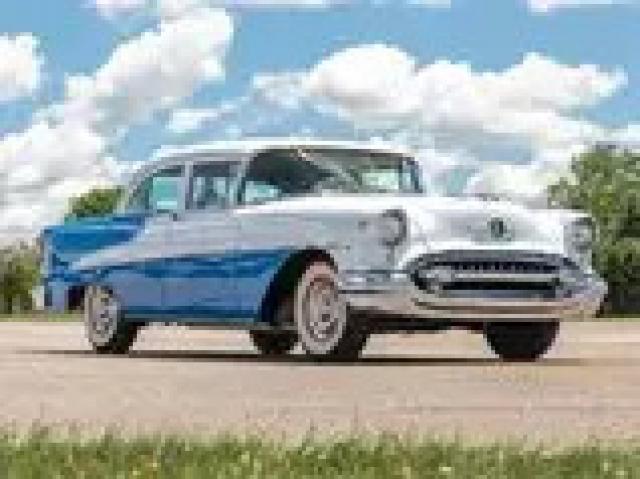
1950 Oldsmobile 88 All-Steel Original Restored 15K
$15,995
Elkhart, IN
-
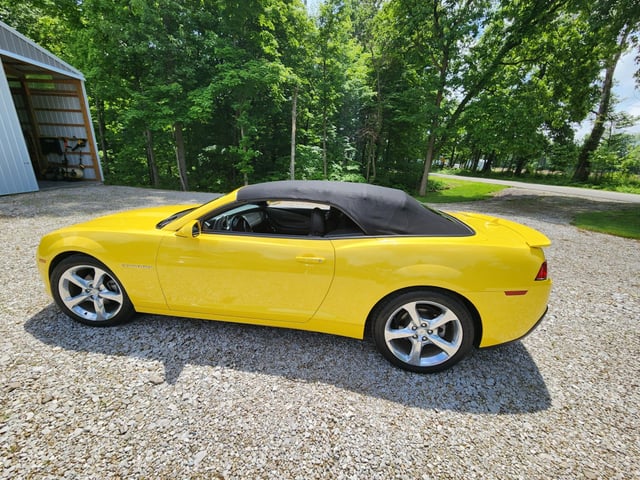
2015 CAMARO RS CONVERTIBLE LIKE NEW! REDUCED
$19,995
Terre Haute, IN




